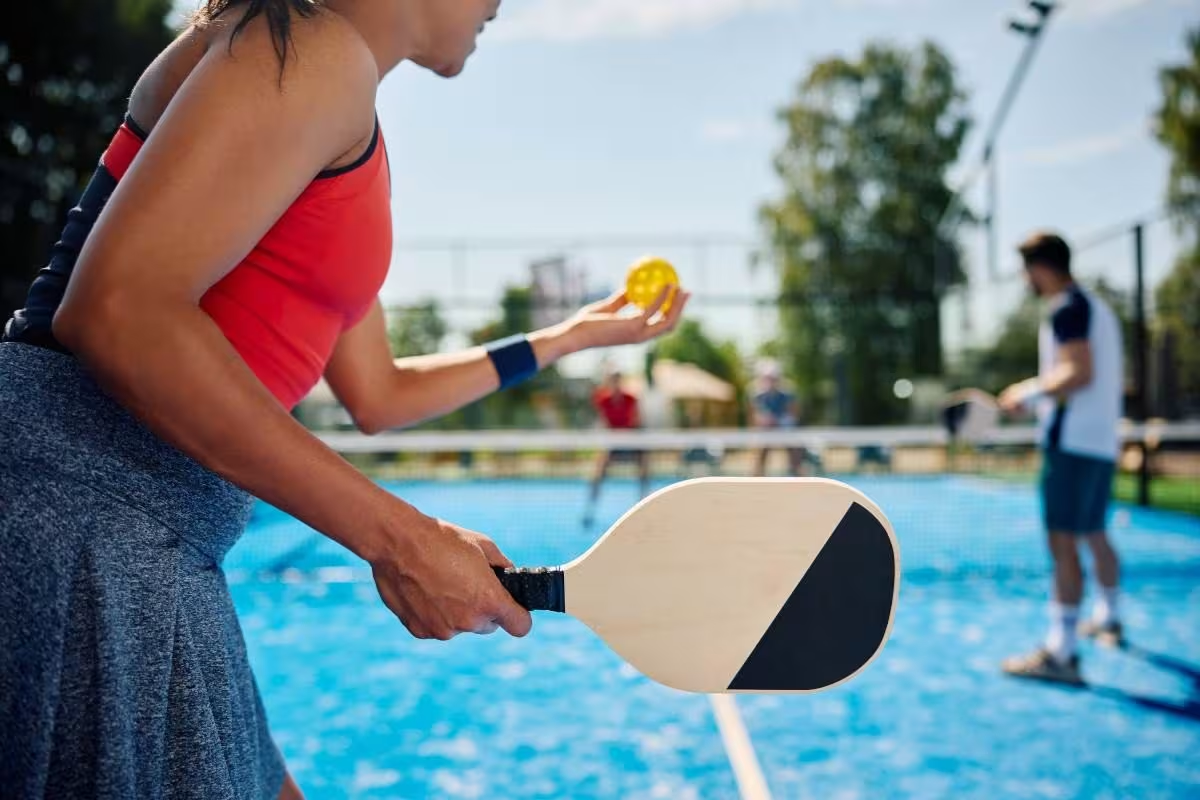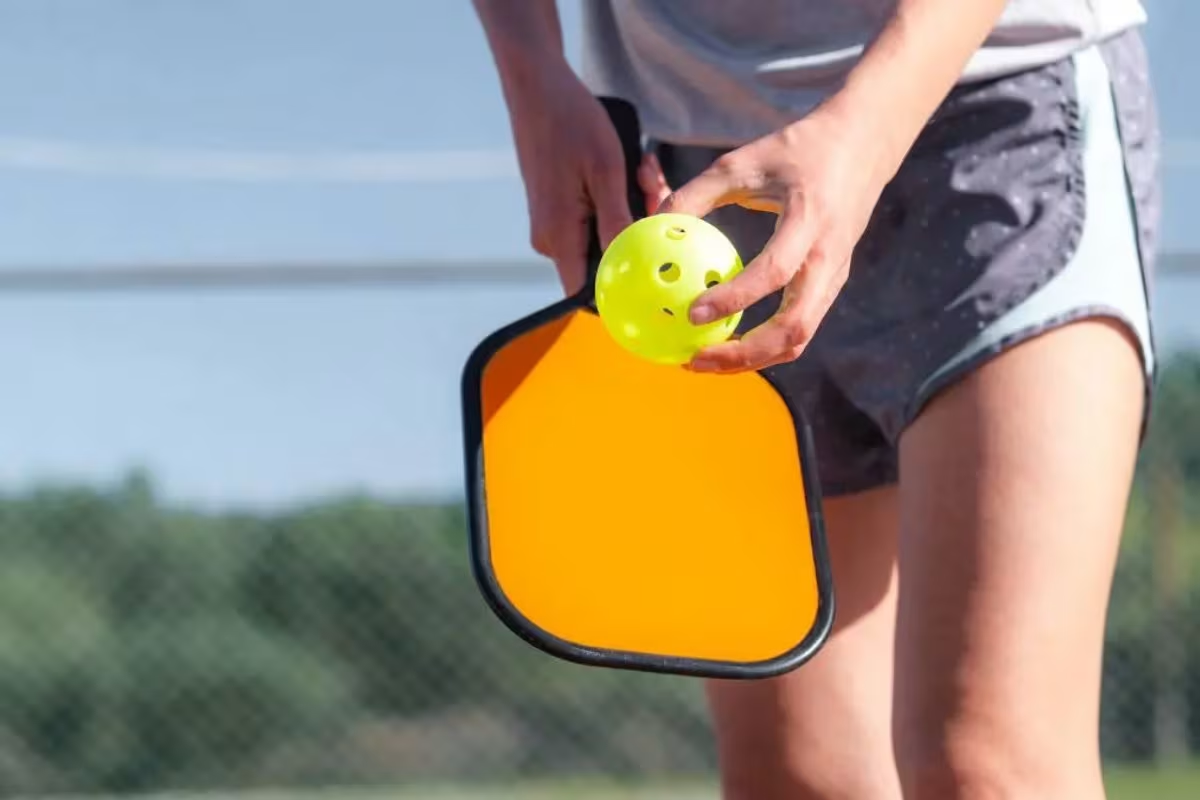Why Most Players Fail at Dinking: In pickleball, the seemingly simple technique of drop shot can be trickily crucial to winning points and controlling a game. Yet, too often, players fall into the habit of “dinking just to dink” without any strategic intent. In the competitive world of pickleball, it’s essential to approach each dink with purpose. The real key lies not in hitting the ball over the net but in positioning yourself to take control of the rally and, ultimately, attack the next shot.
Dinking with Purpose
The problem many players face is that they treat the dink as an end in itself. The truth is, dinking should always have an objective. The question players should consistently ask themselves is, Can I attack the next ball? If the answer is no, then they should dink again and keep pressing the opponent until an attacking opportunity presents itself. The goal isn’t to extend rallies unnecessarily but to be patient and strategic, waiting for the chance to strike.
Reading the Game
What separates skilled players from the rest is their ability to read the game as it unfolds. Dinks shouldn’t be passive. Each dink is a chance to observe your opponent, evaluate their positioning, and determine whether the next ball will give you the chance to attack out of the air. By thinking two or three moves ahead, players can apply pressure and shift momentum in their favor, rather than simply continuing a neutral exchange.
Attack Opportunities
One of the biggest pickleball mistakes players make is letting a ball bounce when it presents a chance for an attack. High dinks, for instance, are prime opportunities to seize control of the point. The difference between success and missed chances often comes down to recognizing when the ball is high enough to be taken out of the air. Attacking off a high dink can put your opponent on the defensive, forcing them into a difficult return or an outright error.
The Wrong Way to Dink
A common error in dinking is giving up on attacking opportunities and playing passively. When you allow a high ball to bounce instead of taking it out of the air, you’re surrendering control of the rally. Instead of imposing your strategy, you give your opponent time to reset. This lack of aggressiveness holds players back from advancing to the next level of their game.
News in Brief: Why Most Players Fail at Dinking
Dinking in pickleball is a crucial technique that should always have strategic intent. Pickleball players often fall into the trap of “dinking just to dink,” which undermines their ability to control sequences. Instead, they should consistently evaluate whether they can attack the next ball. Skilled players read the game, using each dink to assess their opponent’s positioning and look for attack opportunities.
High dinks present prime chances to seize control, while allowing the ball to bounce often leads to missed opportunities. showing aggression and purpose in dinking can elevate players’ overall performance in the competitive pickleball game.
ALSO READ: Why the Pickleball Dinks Fail and How to Fix Them Instantly?

